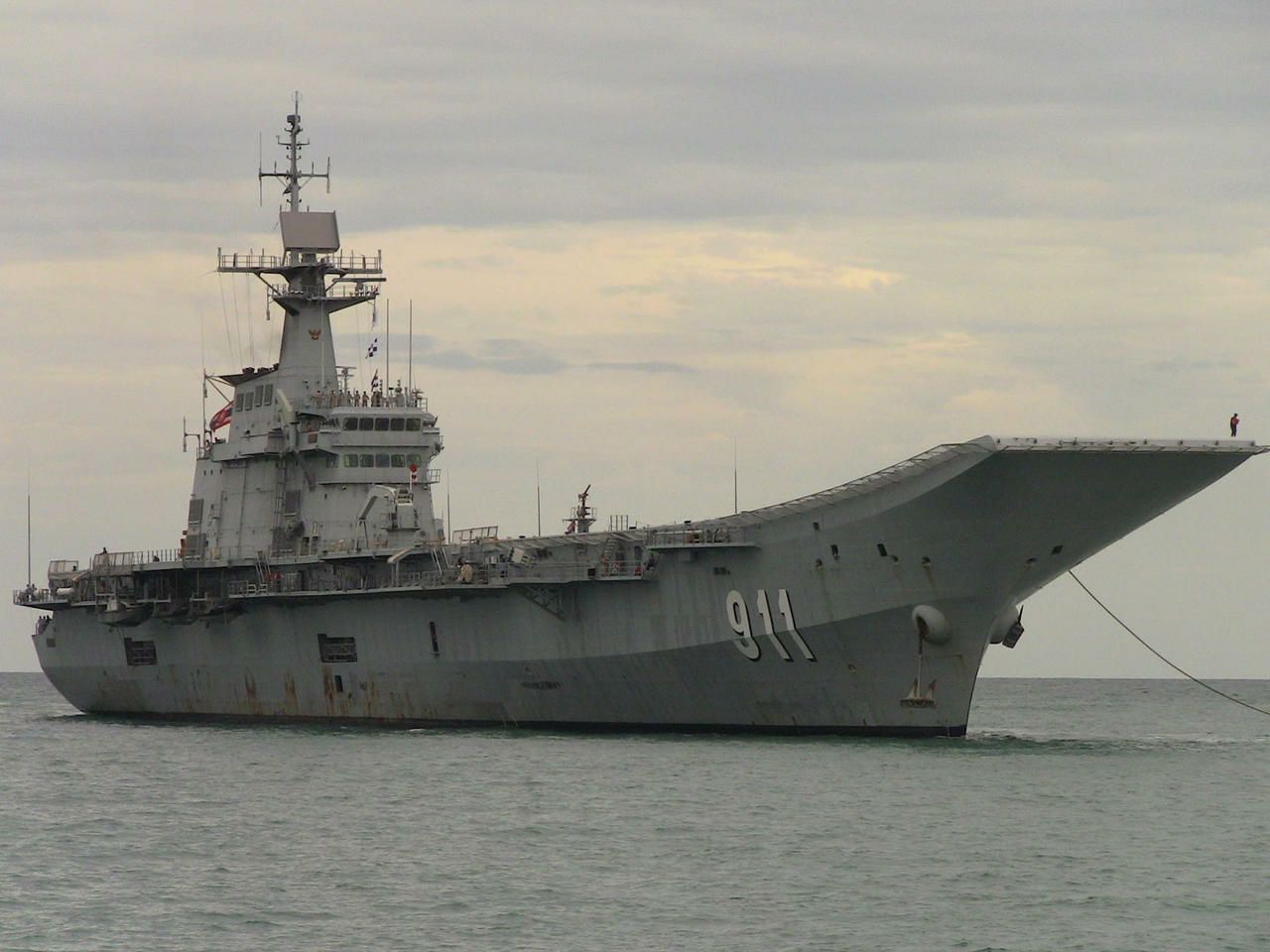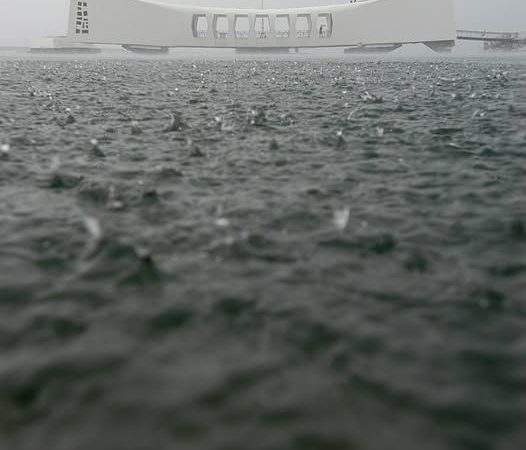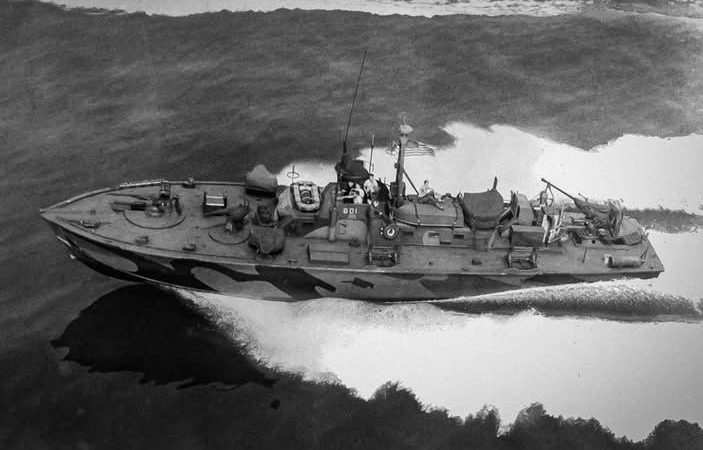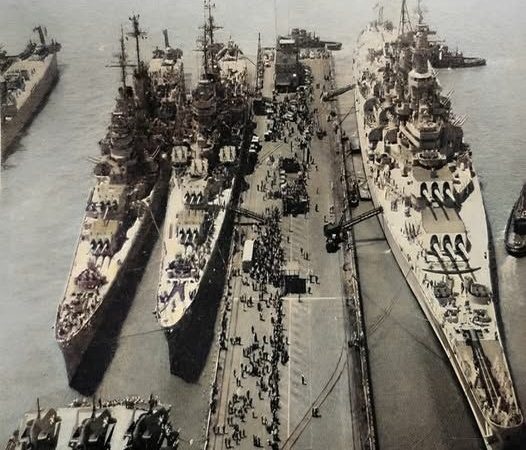HTMS Chakri Naruebet (CVH-911) in the South China Sea, April 2001: Featuring an Ex-Spanish AV-8S Matador on Deck
In April 2001, the Royal Thai Navy’s aircraft carrier HTMS Chakri Naruebet (CVH-911) was spotted in the South China Sea, a significant sight for naval enthusiasts and military experts. This vessel, the pride of the Thai fleet, carried an ex-Spanish AV-8S Matador (Harrier) on its deck, showcasing its air capabilities.

The HTMS Chakri Naruebet holds a unique position in the naval world, as its design is based on Spain’s aircraft carrier, the Principe de Asturias. The Principe de Asturias itself was inspired by the U.S. Navy’s Sea Control Ship concept, a versatile design aimed at providing air support, anti-submarine warfare, and fleet protection. This lineage of design underlines the strategic intention behind the Chakri Naruebet, which was to serve as a versatile platform capable of various naval operations.
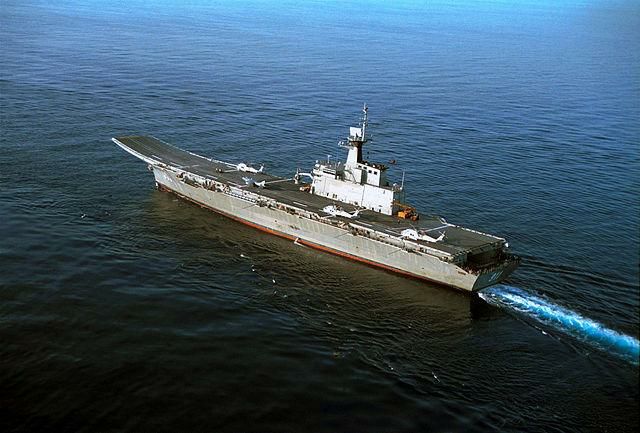
Commissioned in 1997, HTMS Chakri Naruebet was Thailand’s first and only aircraft carrier, symbolizing a leap in the country’s maritime capabilities. The inclusion of the AV-8S Matador, a variant of the Harrier jump jet, added to its operational flexibility. These aircraft, originally from the Spanish Navy, were transferred to the Royal Thai Navy to bolster the carrier’s air wing, providing it with a short take-off and vertical landing (STOVL) capability.
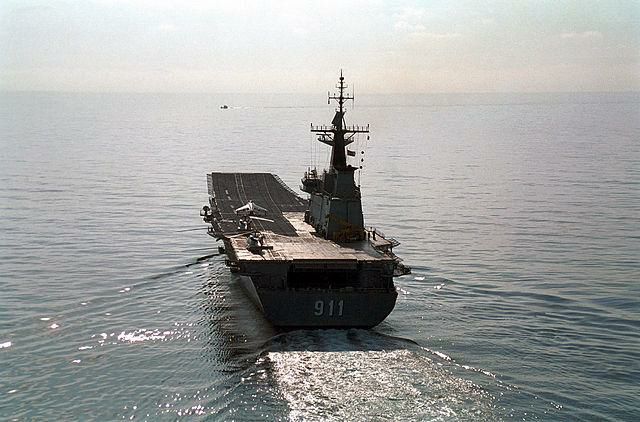
Despite its impressive design and capabilities, the HTMS Chakri Naruebet’s operational history has been relatively limited. Budget constraints and maintenance issues have often restricted its deployment, leading it to be used primarily for training, disaster relief, and search-and-rescue missions rather than active combat roles. Nevertheless, its presence in the South China Sea in 2001 demonstrated Thailand’s strategic interest in projecting power and maintaining a naval presence in the region.
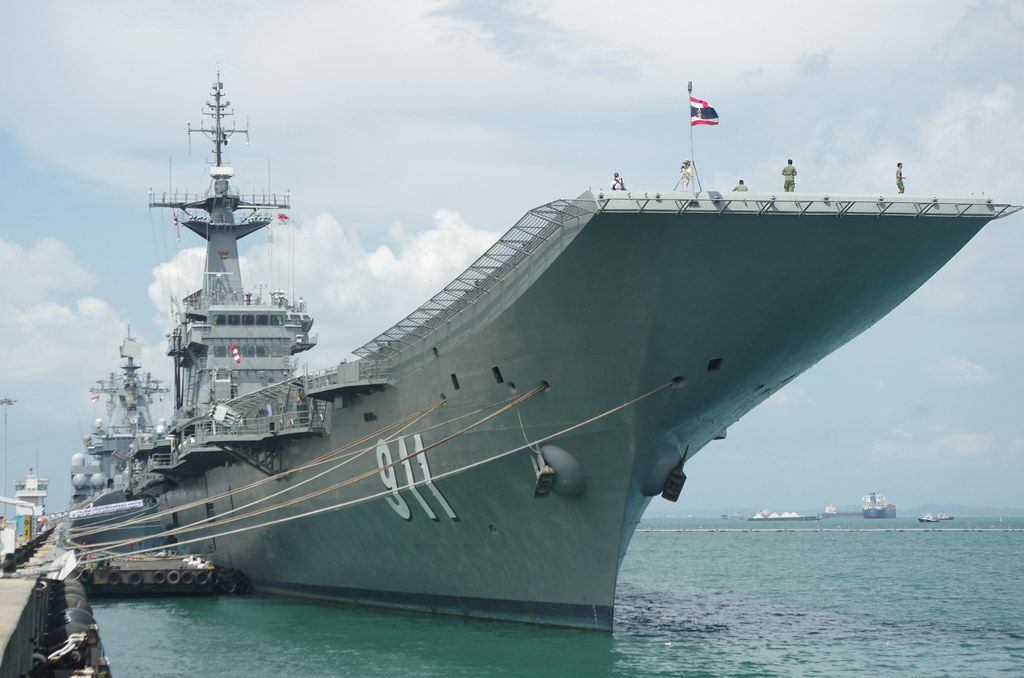
The HTMS Chakri Naruebet, with its ex-Spanish AV-8S Matador, remains a symbol of Thailand’s aspirations in naval modernization and regional security, even as its operational role has evolved over the years. Its design, rooted in both Spanish and American naval engineering concepts, highlights a blend of versatility and ambition in Southeast Asian maritime strategy.
